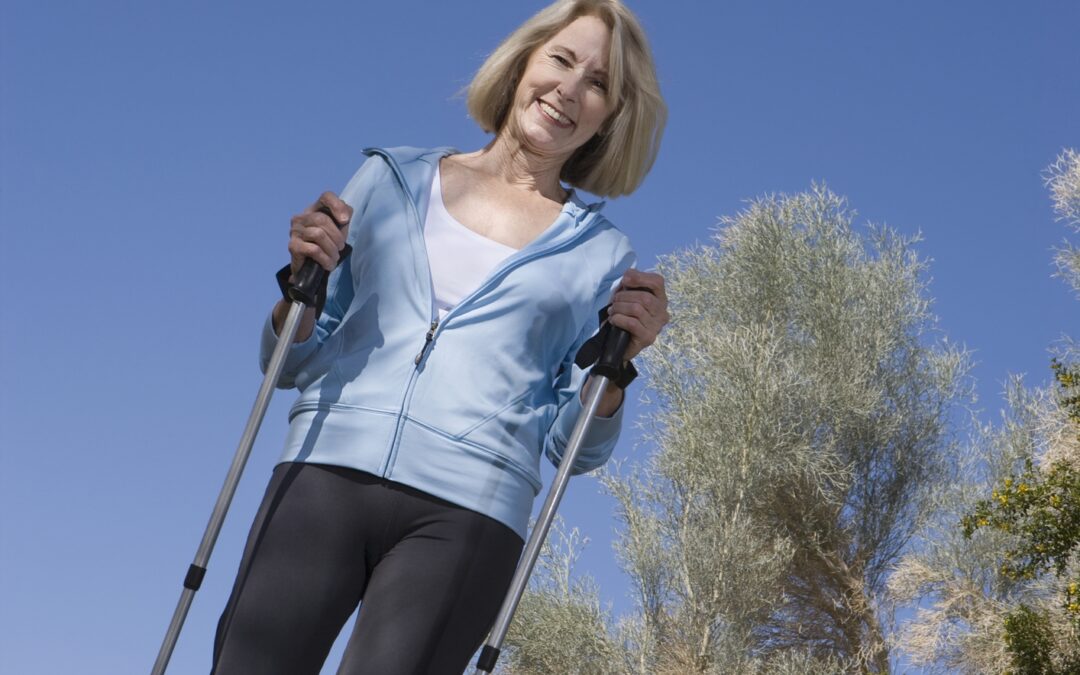
by Susan Brady | Mar 5, 2015 | Exercise
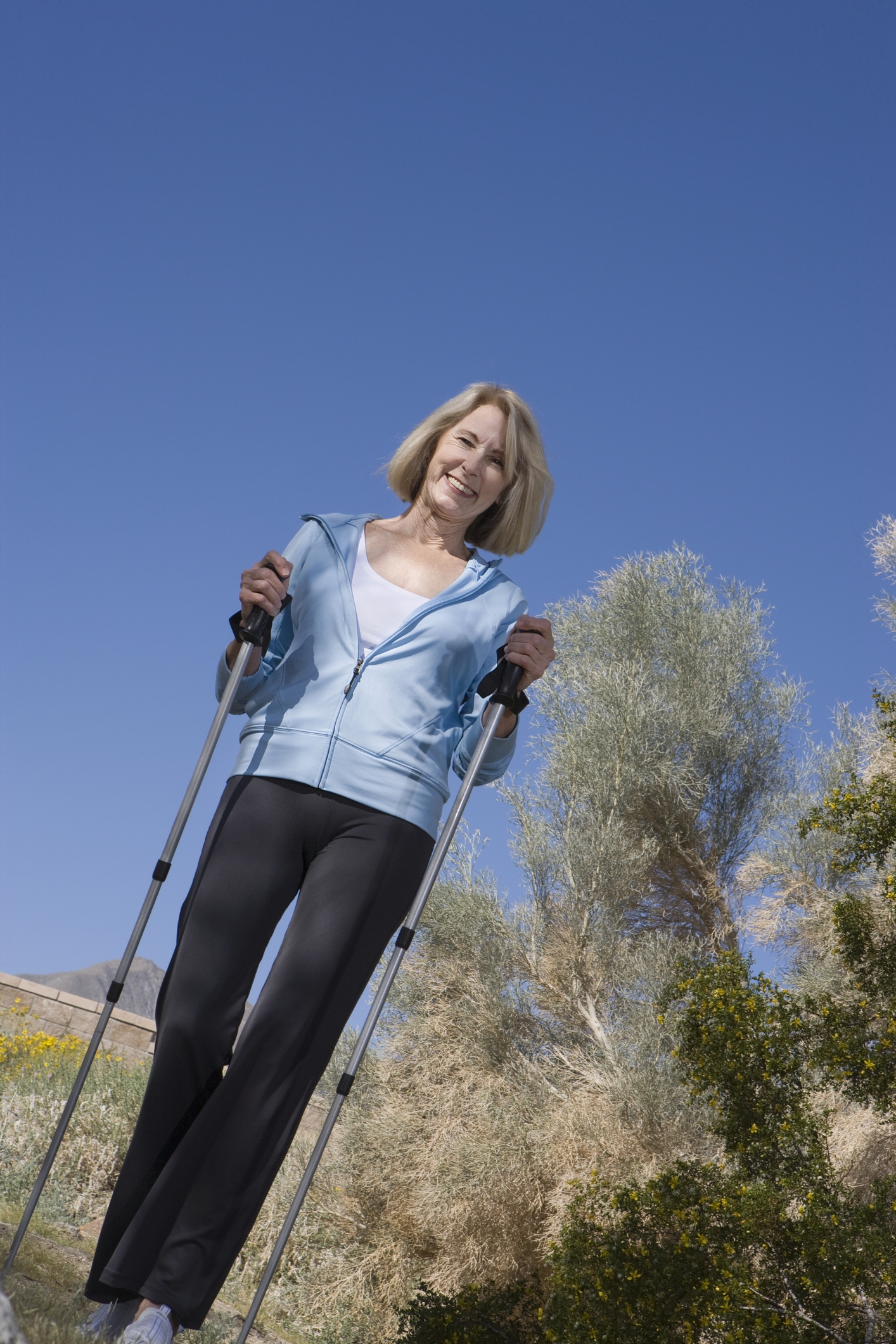 Is walking good enough to build bones? Studies have shown mixed results on the benefits of walking for increasing bone density.
Is walking good enough to build bones? Studies have shown mixed results on the benefits of walking for increasing bone density.
To keep bones healthy and strong, you need to continually stress the bones through activity. Just as muscle gets stronger with use, bones also become stronger and denser with exercise. Activities that are weight bearing and involve impact are the most useful for increasing or maintaining bone mass. Examples of high-impact weight-bearing activities include jogging, climbing stairs, hiking up and down hills, aerobic dancing, and racquet sports. Walking is considered to be a low impact exercise resulting in less stress to the bones and why some suggest that walking alone will not increase bone density. But if you change up the way you walk, you can increase your chances of building bone mass through walking.
The key to the bone strengthening properties of walking is the amount of positive stress and impact you create with your stride. For those just beginning a walking program, just the impact of your foot hitting the ground will initially be enough to generate stress and new bone formation. But for those who have been walking for a while at the same pace and distance, your bones may have adapted to the stress of your exercise routine, reducing further bone building potential.
If you have been walking for a while, here are some ways to vary your routine to increase stress on the bones and improve the bone building benefits of walking.
1. Pick up the pace. Walking briskly will increase the impact of your foot on the pavement and add some extra stress on the bones.
2. Walk up and down hills to increase and vary the impact.
3. Add backwards or sideways walking, high knee stepping, or periodically increase your stride length. Try doing one of these activities for 1 minute intervals for a total of 8 times during your walk.
4. Add modified jogging to your walk. Take “baby steps” but use a jogging motion. This gives great impact when your foot hits the ground. Start slow, only jogging for 10-20 seconds at a time, 2-3 times during your walk for the first few weeks.
5. Add some weight. To increase the bone strengthening benefits of walking, you can add a weight vest or place a small amount of weight in a securely tied backpack. Start off with 1 pound of weight and then gradually increase the weight over the next several months to a maximum of 10 pounds.
6. Try walking poles. They are a great way to promote better posture, add in balance when walking outside over uneven terrain, and promote weight bearing and stress through the upper body as well as the lower body when walking.
If at any time you feel pain in your ankles, knees, hip or back with any of these new activities, stop and go back to your regular walking.
Although walking may not produce the same bone building results as high impact exercises, it is one of the best exercises for many people because it is convenient, one of the safest forms of exercise, and easy on the body’s joints. Walking is also beneficial to the soul because it may mean spending special time with a friend, enjoying pretty scenery, and breathing in fresh air.
It can be confusing to know what the right exercise is for you and your body. I can help you get started or show you how to maximize the bone building benefits of the exercises you are doing currently. Schedule a free 15 minute consult today!
If you have serious medical problems, check with your health care provider before starting any exercise program.
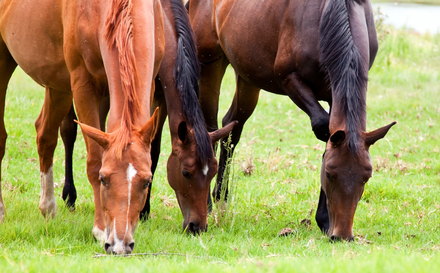
by Susan Brady | Feb 2, 2015 | Nutrition
 I have always been impressed by the fact that the largest animals, in need of having the biggest, strongest bones, are herbivores. Horses, giraffes, and elephants, all weighing well over 1,000 pounds, sustain their bone strength by eating vegetation. That’s right vegetables, not milk! Horses eat mainly grass and other plants, giraffes browse on the leaves of bushes and trees, and elephants graze on grass, tree leaves, flowers, wild fruits, twigs, shrubs, bamboo and bananas.
I have always been impressed by the fact that the largest animals, in need of having the biggest, strongest bones, are herbivores. Horses, giraffes, and elephants, all weighing well over 1,000 pounds, sustain their bone strength by eating vegetation. That’s right vegetables, not milk! Horses eat mainly grass and other plants, giraffes browse on the leaves of bushes and trees, and elephants graze on grass, tree leaves, flowers, wild fruits, twigs, shrubs, bamboo and bananas.
Vegetables are often overlooked as an important component for those wanting to maintain or build strong bones, yet they should be a staple in every diet for those concerned about bone loss. Vegetables, in particular leafy greens, contain not only calcium, but also vitamin K, magnesium and other minerals and nutrients needed to build bone. One cup of green leafy vegetables like spinach, collard greens, mustard greens, turnip greens, and kale can provide you with just as much calcium as 1 cup of milk.
Plant foods are also an excellent source of vitamin K. Vitamin K helps to limit excessive demineralization of bone as well as activates osteocalcin, the main protein in bone, which secures calcium molecules inside of the bone. Green leafy vegetables along with nuts, seeds, and legumes are among the best food sources of magnesium. About 50 to 60% of a person’s magnesium is stored in the bone, and as such, it plays a key role in bone metabolism.
A diet rich in plant foods also helps to maintain an alkaline/acid balance in the body (called the pH). The pH of blood is critical to sustain life and when the pH of the blood starts getting low (becomes more acidic) the body has to find a way to increase it, or make it more alkaline. Calcium, one of the main alkaline minerals, gets released from the bones to restore the acid/base balance. So a diet high in foods that increase the acidity in our blood can cause leeching of calcium from our bones, making them weak and fragile. Increasing vegetables and greens in your diet will provide the key alkalizing minerals that maintain a healthy pH and strong bones.
What is the most important food to strengthen your bones and keep them healthy? Green leafy vegetables! Eat like horse and you will have strong bones for life!

by Susan Brady | Nov 10, 2014 | Healthy aging
 If you think that just because you are a man you’re not at risk for osteoporosis, think again!
If you think that just because you are a man you’re not at risk for osteoporosis, think again!
The National Osteoporosis Foundation sites the following facts and statistics in regards to men:
• Up to one in four men over age 50 will break a bone due to osteoporosis.
• Approximately two million American men already have osteoporosis. About 12 million more are at risk.
• Men older than 50 are more likely to break a bone due to osteoporosis than they are to get prostate cancer.
• Each year, about 80,000 men will break a hip.
• Men are more likely than women to die within a year after breaking a hip. This is due to problems related to the break.
• Men can break bones in the spine or break a hip, but this usually happens at a later age than women.
This facts and statistics might seem shocking, because osteoporosis is often viewed as a disease that only affects elderly women. While it is true that women are 50% more likely to develop osteoporosis than men, the same factors that affect bone health in women, affect men’s bone health as well. A decline in hormones is a contributing factor for the development of osteoporosis in both sexes. Testosterone plays an important part in maintaining a man’s bone density and strength by helping to decrease bone resorption and stimulate bone mineralization. Some of the causes that make bones weak are nutritional deficiencies, including inadequate calcium and vitamin D, alcohol use, smoking, digestive issues, lack of physical activity and excessive daily stress.
5 things that both men and women can do to strengthen your bones:
1. Improve your diet by increasing consumption of green leafy vegetables, and decreasing consumption of processed foods, alcohol, soda and caffeinated beverages
2. Address digestive issues by not over eating and consuming fermented foods, such as kefir, kombucha, sauerkraut or tempeh. If you feel bloated and gassy after eating, you may want to try drinking a mixture of 1 tablespoon apple cider vinegar in ¼ cup of water 10 minutes prior to eating.
3. Engage in stress reducing activities of your choice
4. Perform weight bearing activities such as running, power walking, jumping rope or sports for at least 30 minutes 3 days a week. Engage in challenging weight lifting routine 2-3 days a week.
5. Take a daily multi vitamin and mineral supplement and 2000 mg of EPA/DHA. Also get you vitamin D levels checked and supplement with vitamin D if necessary.
While the prevalence of osteoporosis among women is well known, it is important to recognize the occurrence of this disease among men. Men also need to be encouraged to take steps, like those outlined above, to keep their bones strong and healthy, too.

by Susan Brady | Sep 27, 2014 | Nutrition
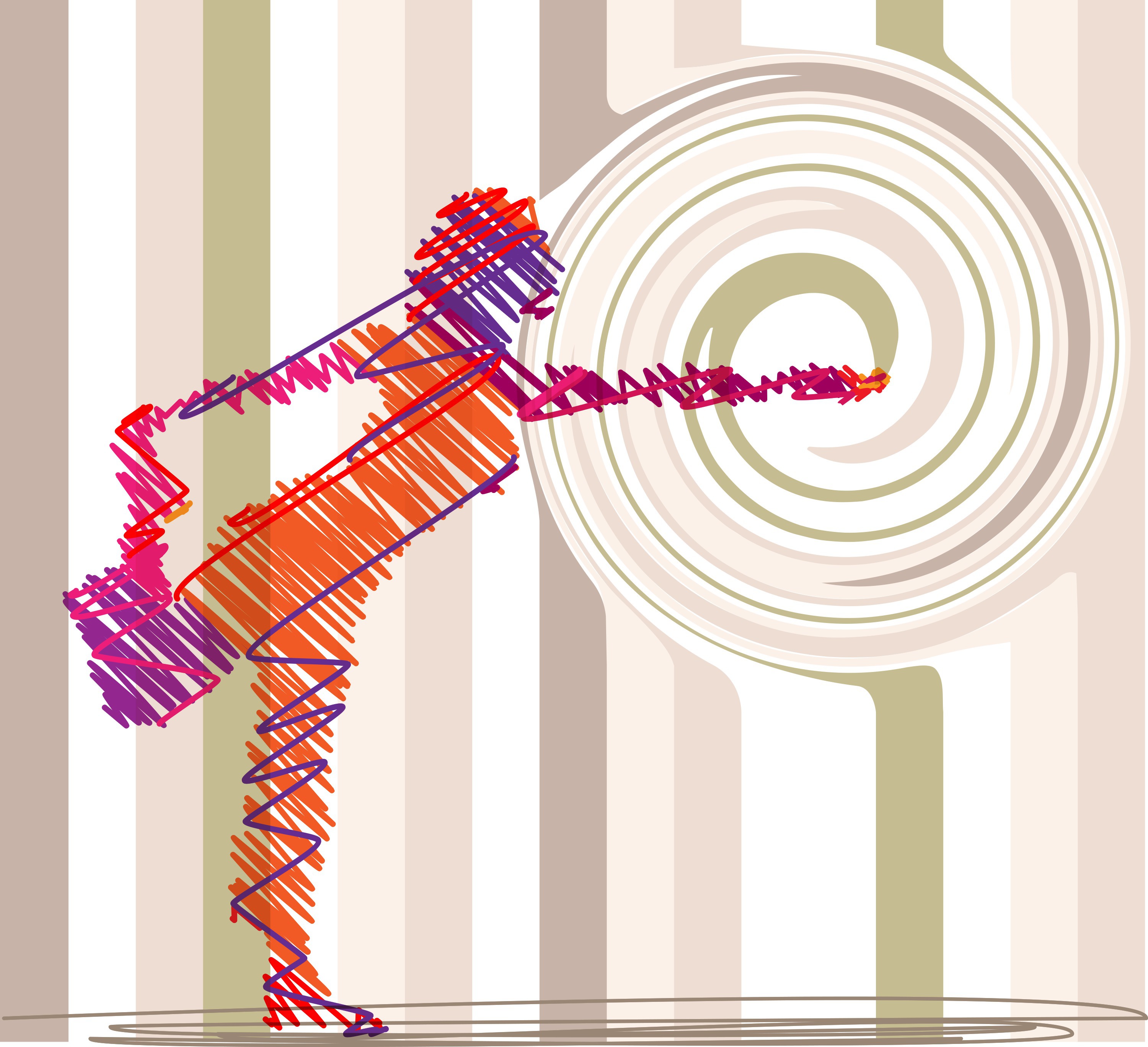 Balance develops when we are young, mostly without us even realizing it. We learn to walk, then run, hop on one foot and ride a bike. All a part of growing up, and yet, essential to the development of good balance. As young adults, most of take balance for granted because our bodies make automatic postural adjustments to maintain posture and stability as we stand up from a chair, walk across the grass, step up and down a curb or stumble to the bathroom in the middle of the night. But as we age, our balance begins to decline making us susceptible to falling when a toe accidentally catches the rug or you encounter a slippery or unsteady surface. Even though our balance falters as we age, adding balance activities to your daily routine can not only limit the loss of balance but actually improve it.
Balance develops when we are young, mostly without us even realizing it. We learn to walk, then run, hop on one foot and ride a bike. All a part of growing up, and yet, essential to the development of good balance. As young adults, most of take balance for granted because our bodies make automatic postural adjustments to maintain posture and stability as we stand up from a chair, walk across the grass, step up and down a curb or stumble to the bathroom in the middle of the night. But as we age, our balance begins to decline making us susceptible to falling when a toe accidentally catches the rug or you encounter a slippery or unsteady surface. Even though our balance falters as we age, adding balance activities to your daily routine can not only limit the loss of balance but actually improve it.
Balance depends a complex sensory-motor system. The sensory system includes your vision, the awareness of your body in space and inner ear function. Your brain processes this sensory information and then coordinates the muscles and joints to appropriately maintain balance. There are many factors that can affect our balance system as we age:
• Deteriorating eyesight, especially night vision
• Weakness of the leg, hip and core muscles
• Poor posture making it harder to stand erect and forcing your center of gravity forward
• Decreased reaction time
• Medications that may cause dizziness
Balance training is an essential part of an exercise program for people with osteoporosis or those at risk for bone loss. Preventing fractures, especially of the hip, wrist and spine, begins with preventing falls. Performing balance exercises will help to improve coordination and stability as well as help to strengthening the muscles of your legs and core. Though our balance may decline as we age, balance activities can limit the loss, improve our function and prevent the risk of falls leading to fractures.
Try these balance exercises:
1. EYES OPEN/CLOSED SERIES
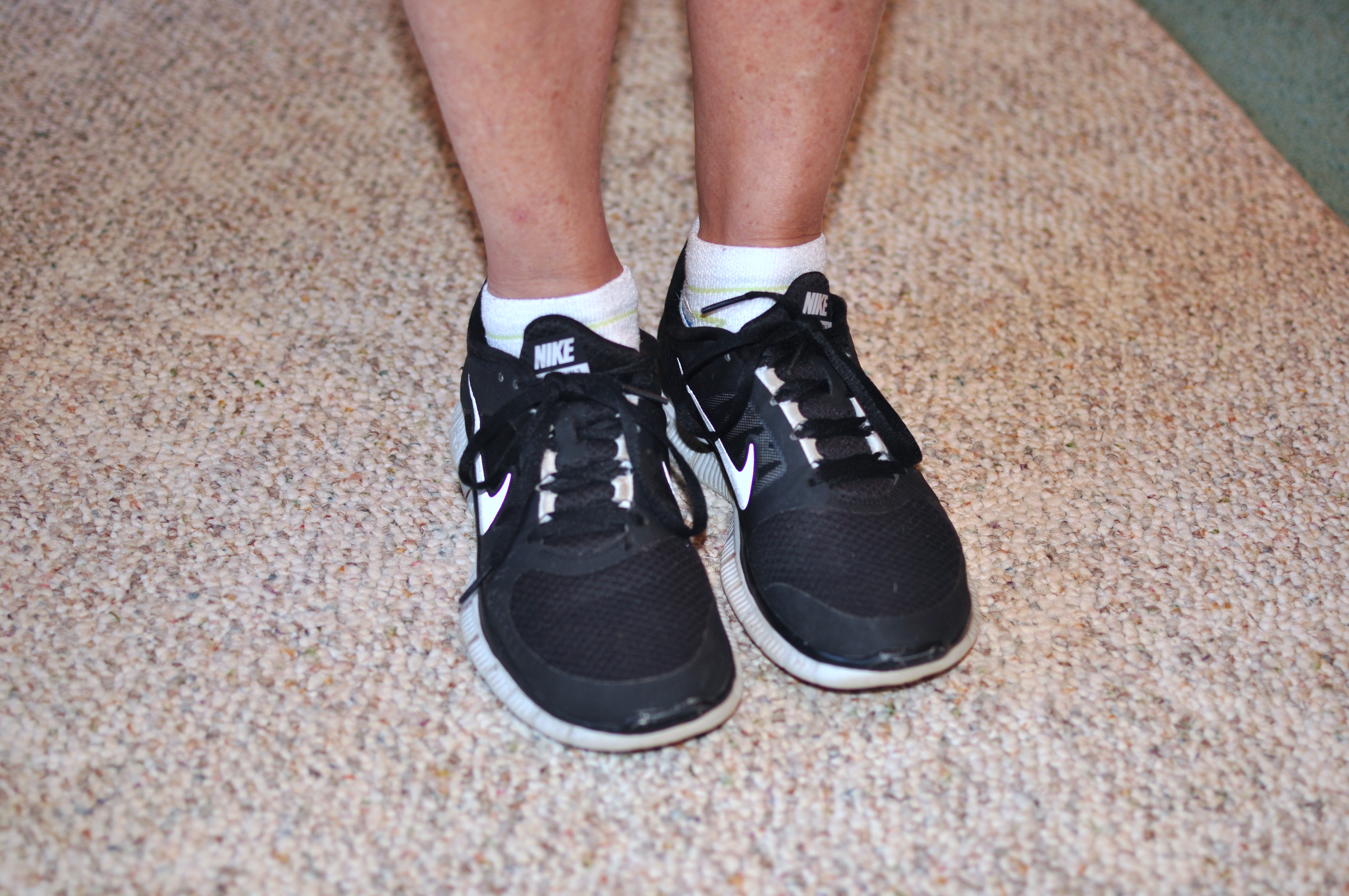

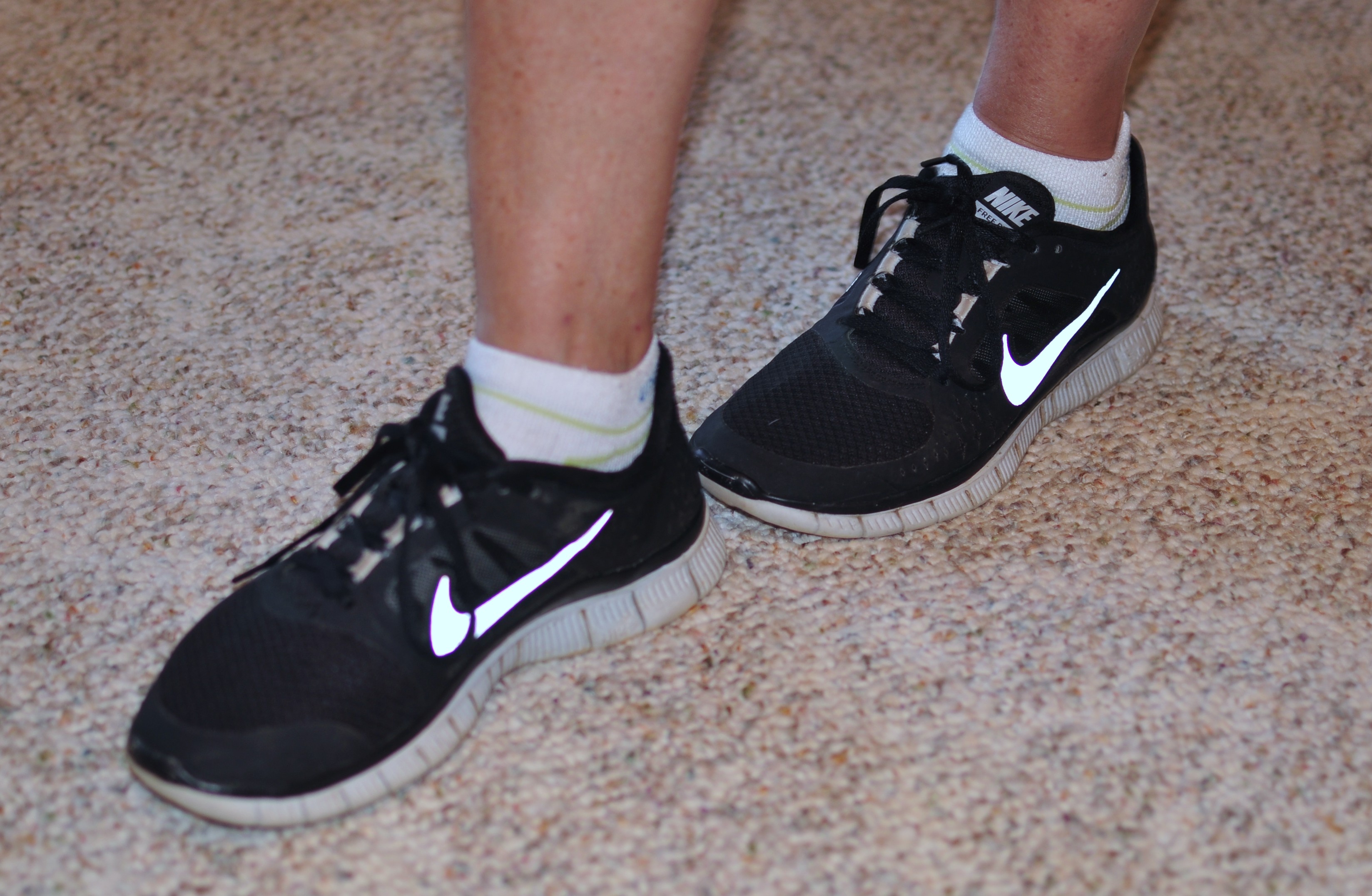
Start with your feet together. Keep EYES OPEN for 15 seconds, then CLOSE EYES for 15 seconds.
Next stagger feet, toes of one foot next to heel of other foot, balance with EYES OPEN for 15 seconds, then CLOSED for 15 seconds.
For an extra challenge, place one foot in front of the other, balance with your EYES OPEN for 15 seconds, then CLOSED for 15 seconds.
2. SINGLE LIMB STANCE

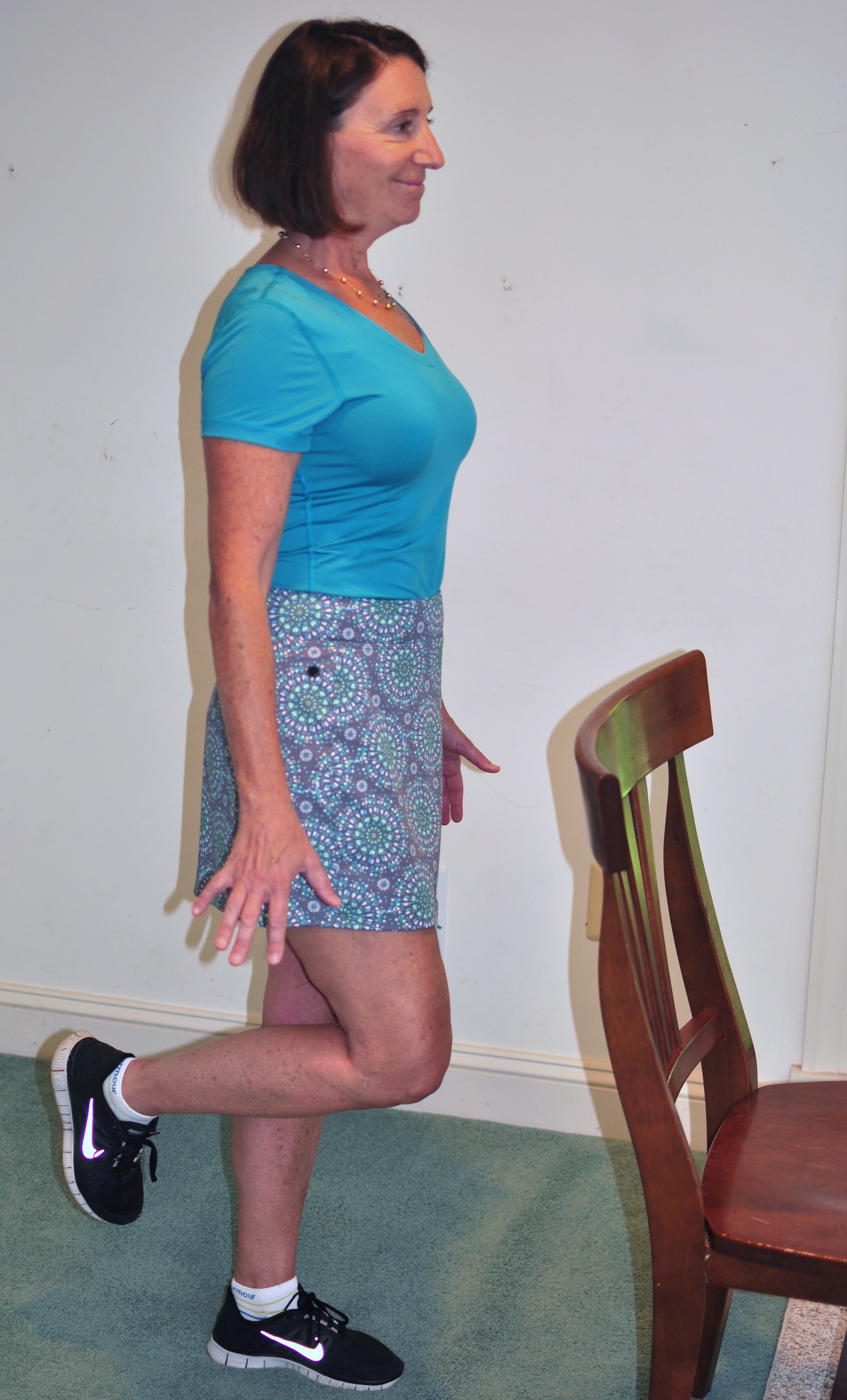
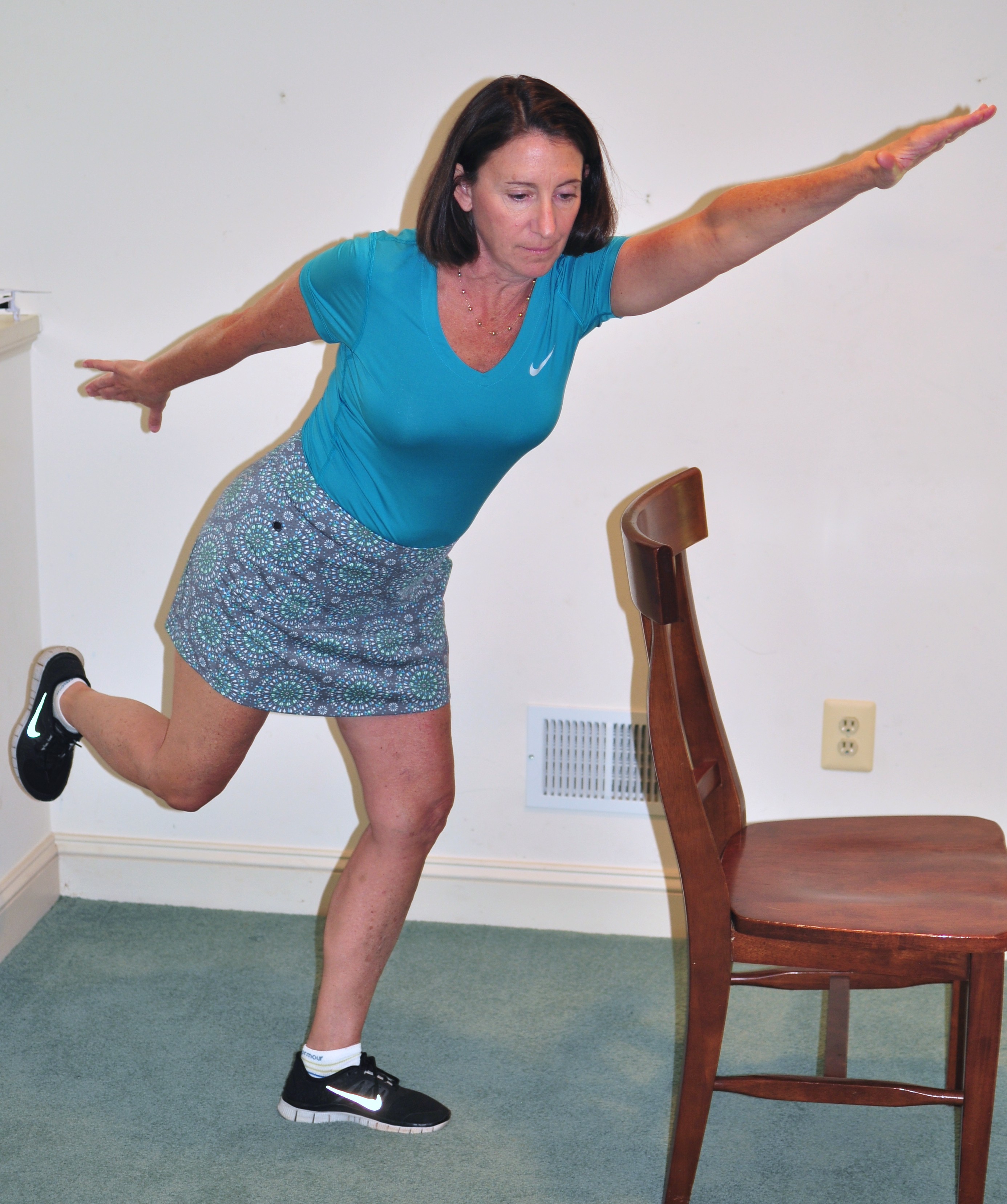
Start by standing on one foot, with 3 fingers on a chair or counter, hold for 15 seconds. Next balance with 1 finger for 15 seconds, then slide the finger back and forth 15 times.
If able remove finger and balance unassisted for 15 seconds.
For an extra challenge, try reaching your arms out in front, across your body and down to the floor
3. SIT TO STAND
 Stand up and sit down from a chair 5 times without using your hands. This will challenge your balance as well as work to strengthen the muscles of the hips and legs.
Stand up and sit down from a chair 5 times without using your hands. This will challenge your balance as well as work to strengthen the muscles of the hips and legs.
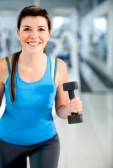
by Susan Brady | Sep 15, 2014 | Exercise
 You have heard that weight bearing exercises are essential for keeping bones strong, but do you know why? Bone, like every tissue in the body, is constantly repairing and remodeling itself. When bones are stressed, they respond by making new cells, which in turn makes the bone denser and stronger. Weight-bearing exercise, such as walking and running make you work against gravity, causing impact and force through the bones, which in turn stimulates new bone formation.
You have heard that weight bearing exercises are essential for keeping bones strong, but do you know why? Bone, like every tissue in the body, is constantly repairing and remodeling itself. When bones are stressed, they respond by making new cells, which in turn makes the bone denser and stronger. Weight-bearing exercise, such as walking and running make you work against gravity, causing impact and force through the bones, which in turn stimulates new bone formation.
High impact exercises such as running, jumping, dancing, high-impact aerobics, stair climbing, tennis, and hiking are most effective in building bone and keeping bones strong. However, if you have broken a bone due to osteoporosis or are at risk of breaking a bone, you may need to choose a lower impact exercise. Low impact exercises include fast walking on a treadmill or outdoors, using exercise machines like the elliptical trainer or stair stepper and doing low-impact aerobics. Exercises such as swimming and cycling are considered non-weight bearing exercises and may actually lead to a decrease in bone density. These exercises provide little impact through the bone and thus don’t stimulate new bone formation.
Weight lifting has also shown to be beneficial to increasing bone density and preventing bone loss. A strong muscle contraction applies a mechanical force to the bone which begins the process of bone remodeling. Strength training exercises are also beneficial because a force can be placed on a certain region of the skeleton. With osteoporosis, the sites of fractures that are most devastating are the spine and hip. Performing squats, lunges, leg extensions are particularly beneficial in strengthening the bones in the hips and lower spine. Doing pushups, bicep curls and triceps extensions places the force on the arms, the upper spine and the ribs. Multiple repetitions with a challenging load are recommended for optimal stimulation of the bone remodeling process. However, as with any exercise program, slow progression is important to avoid injury.
In general, activities that involve impact and stress are the most effective way to improve bone health. It is never too late to start a bone-healthy exercise program, even if you already have osteoporosis or are at risk of developing osteoporosis. However, if you have osteoporosis it is important to work with a specialist that can guide you to what activities are safe for you, teach you how to stretch and strengthen muscles safely and learn the proper progression of activity. Let me help you develop a safe and effective exercise program to strengthening and maintain strong, healthy bones.
Up next time, the importance of balance, coordination and flexibility for older adults and people who have been diagnosed with osteoporosis.

 Is walking good enough to build bones? Studies have shown mixed results on the benefits of walking for increasing bone density.
Is walking good enough to build bones? Studies have shown mixed results on the benefits of walking for increasing bone density.












